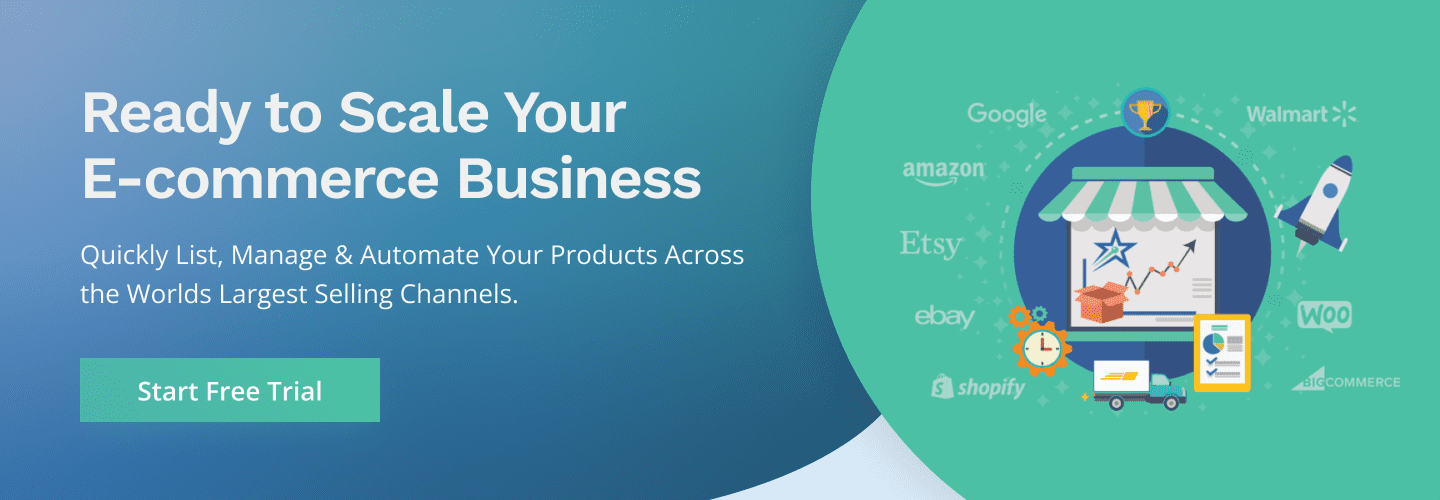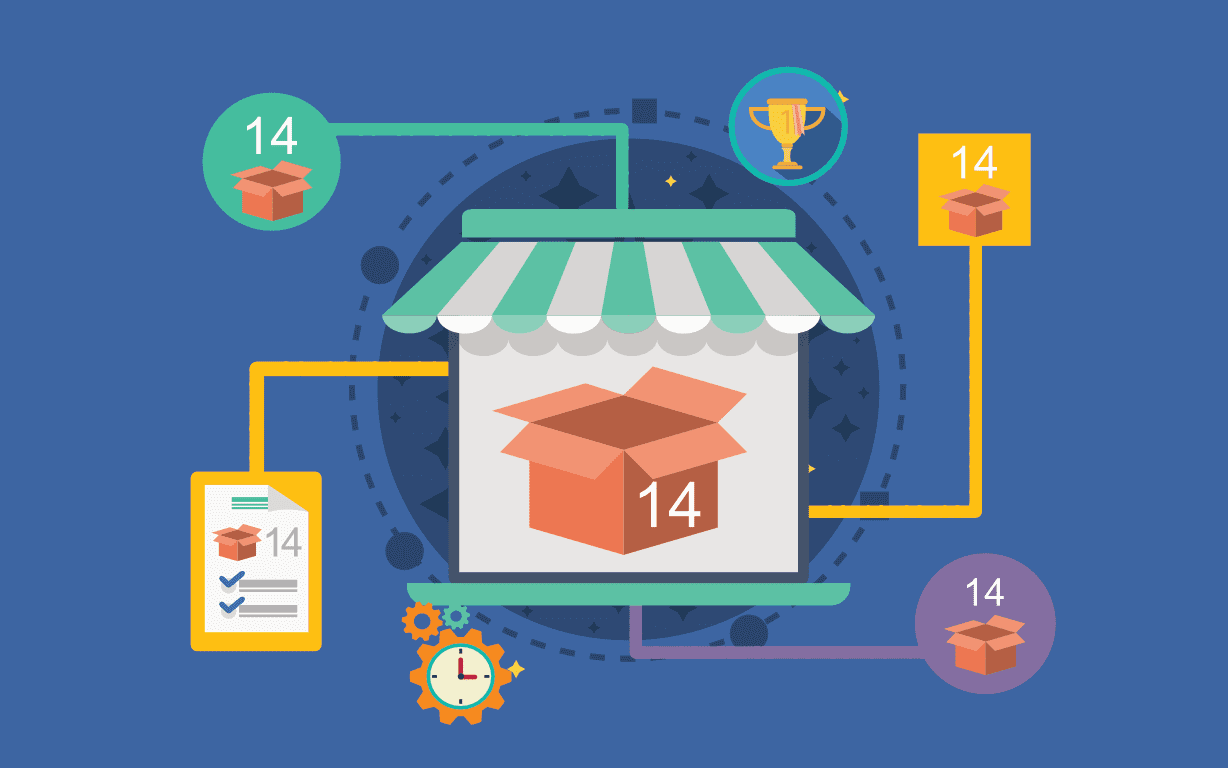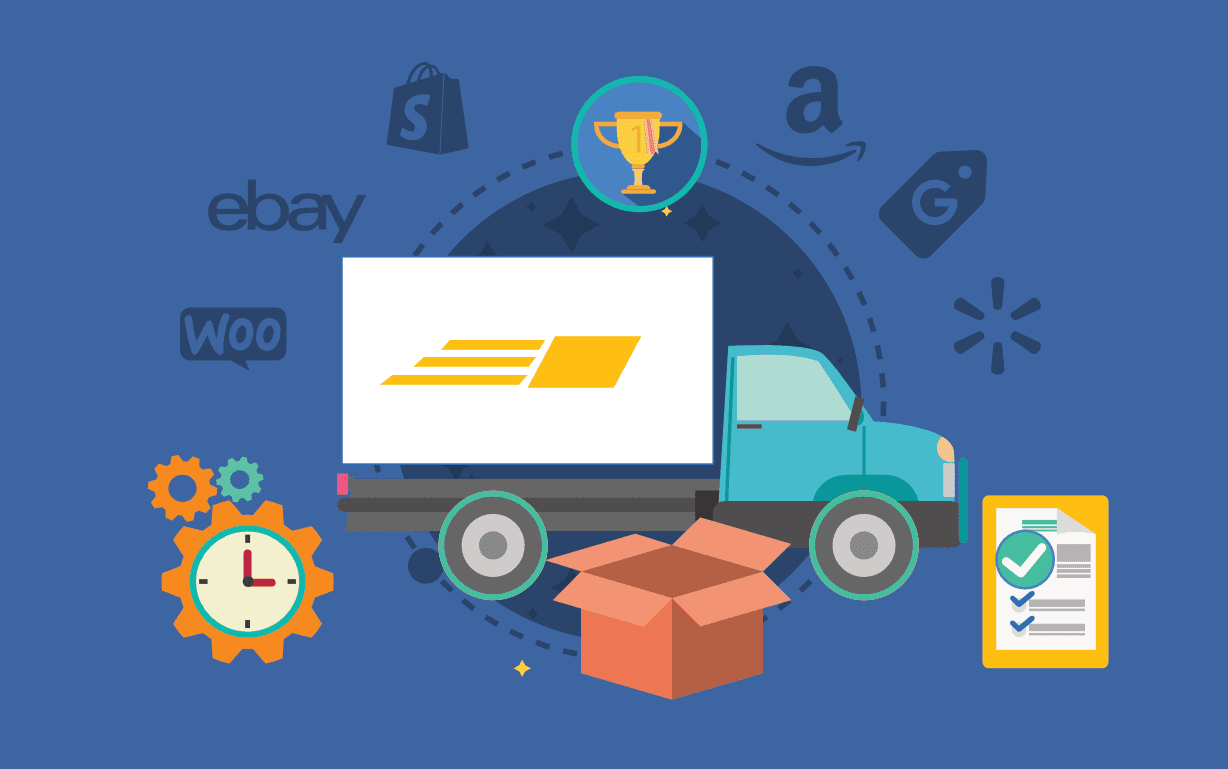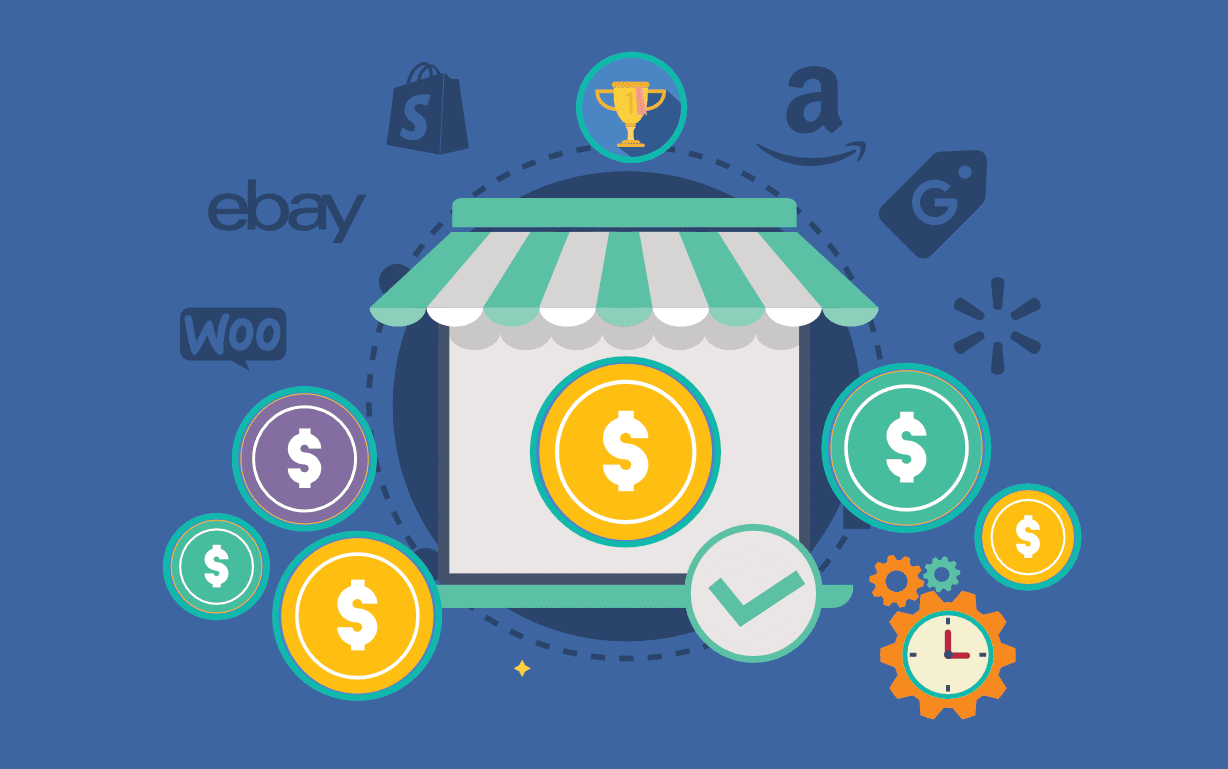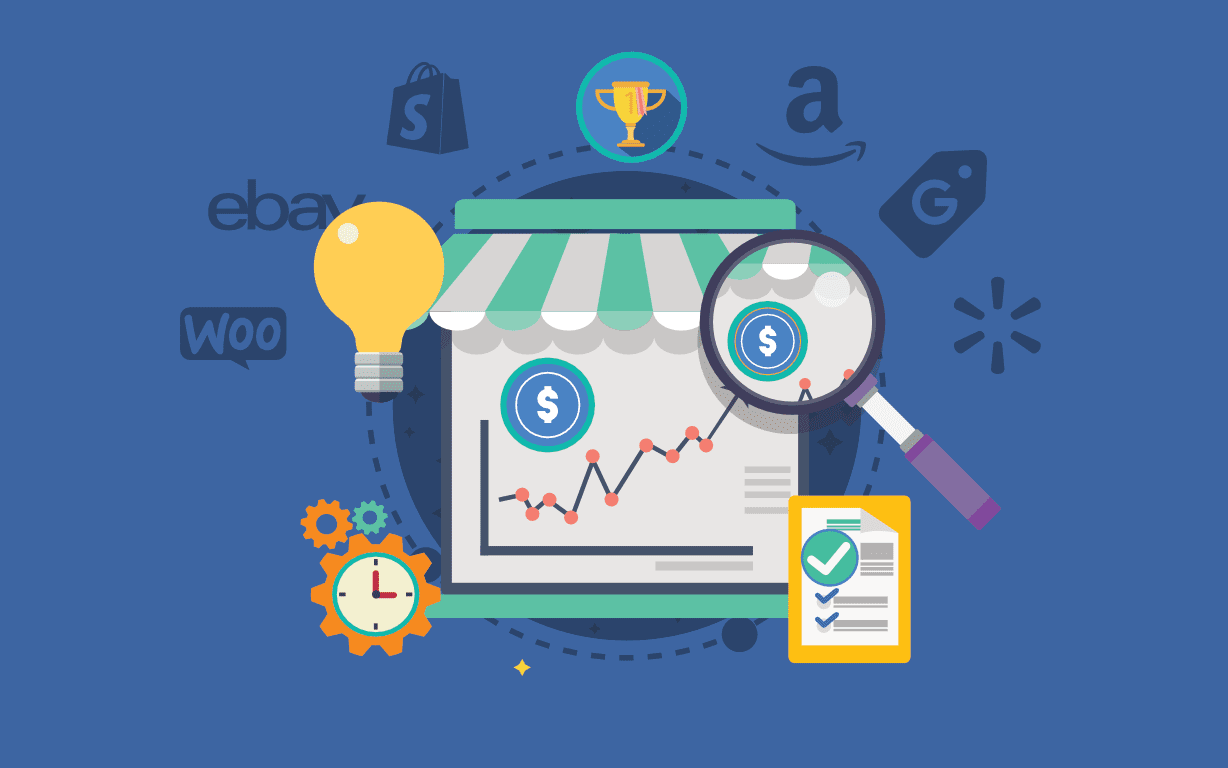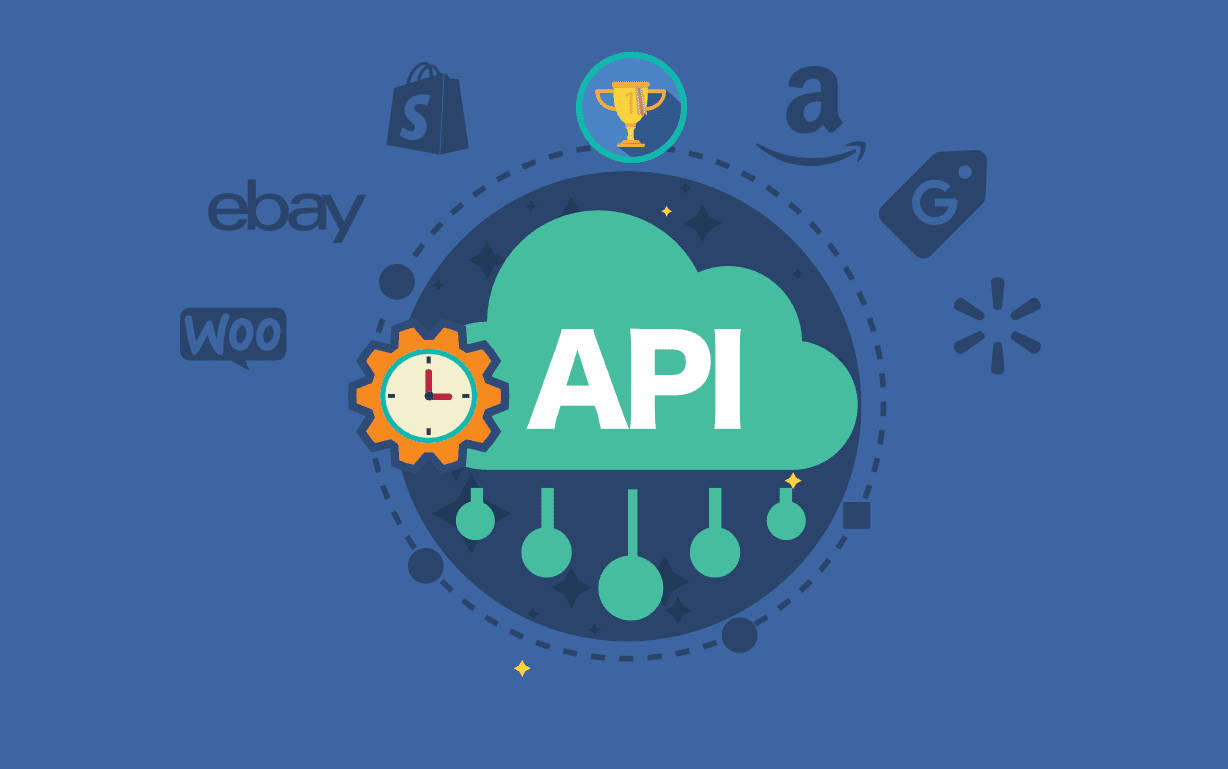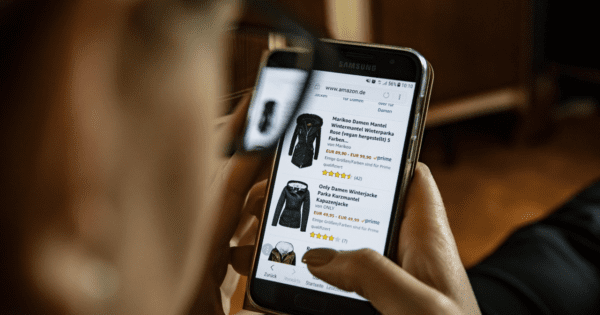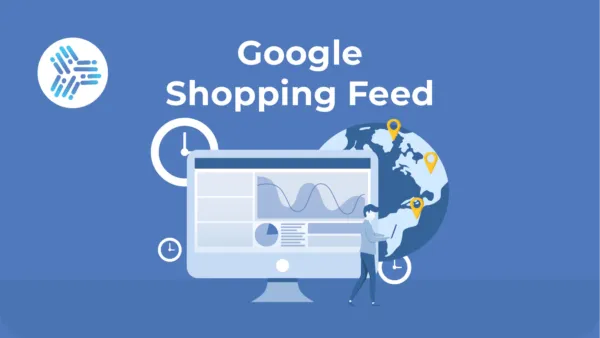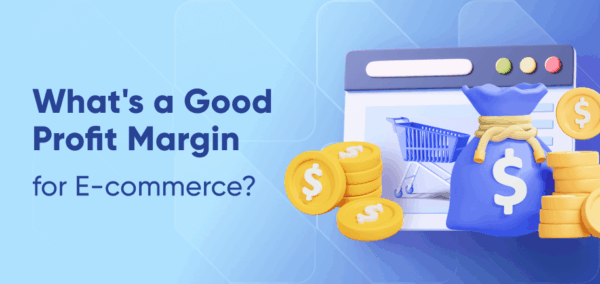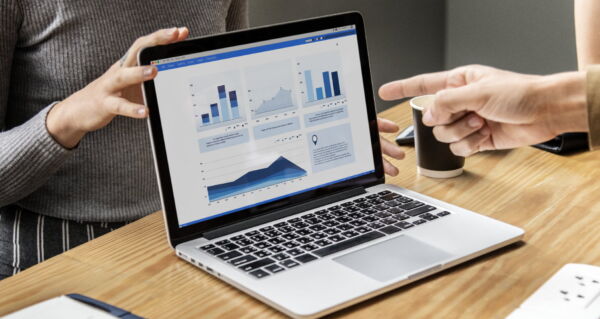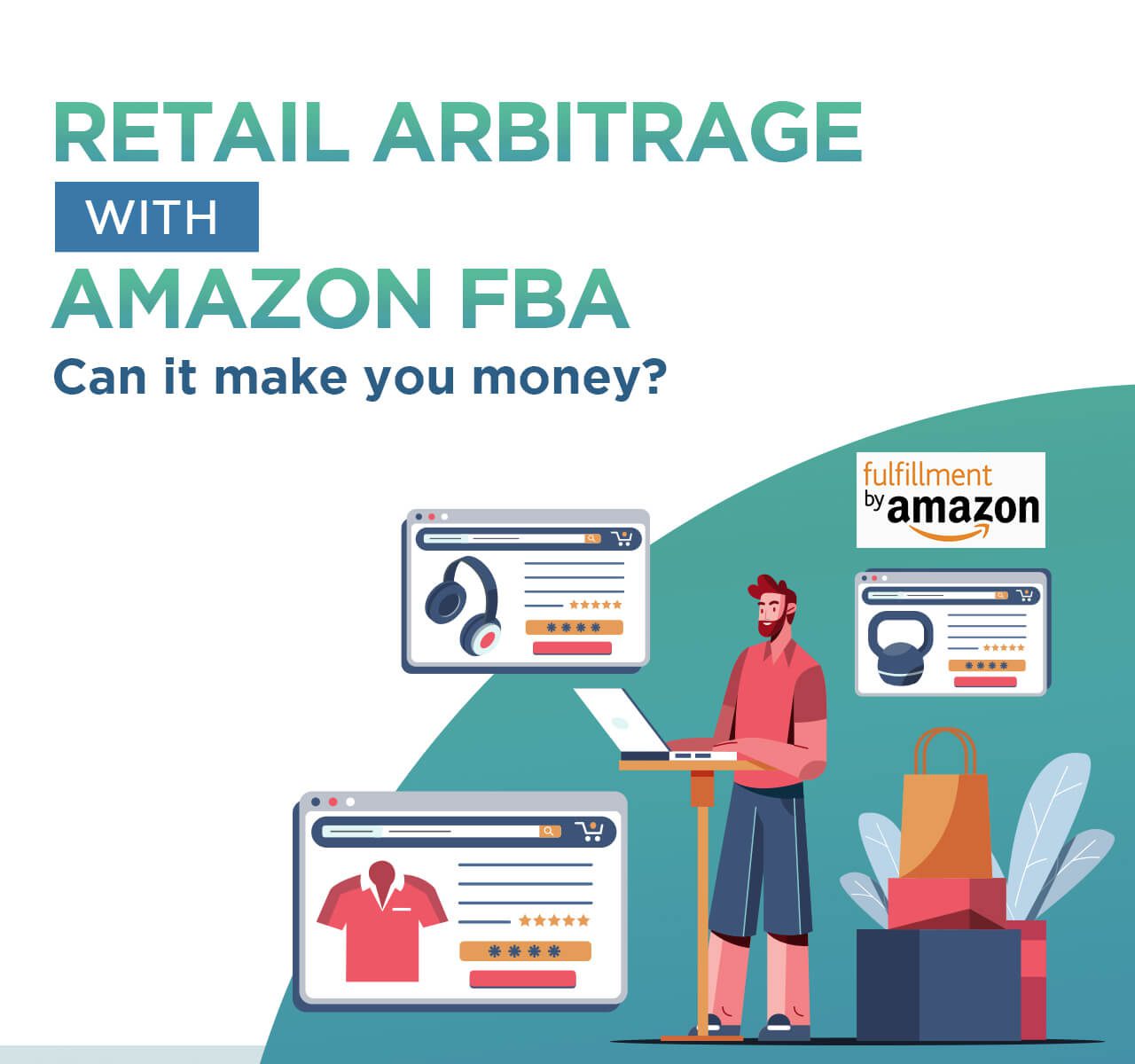
Retail Arbitrage with Amazon FBA – Can It Make You Money?
Amazon FBA (Fulfilled by Amazon) has some serious potential to make you a decent income. But you have to know how to use it. This is where retail arbitrage comes in.

Retail arbitrage is a buzzword. Everyone wants to do it, but few retailers actually understand what the term means. If done right, it could help you rope in profits of over 400%!
This blog will take you through the key points of retail arbitrage and how you can use it to make money selling on Amazon FBA.
What is Retail Arbitrage?
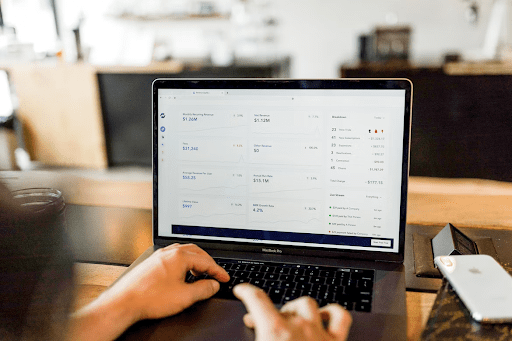
One of the forms of reselling in which sellers advantage out of price differences between two or more markets is called Retail Arbitrage. Retail arbitrage is the process of buying products from brick-and-mortar retailers and selling them in online marketplaces.
Arbitrage sellers find products not only in stores but also in online stores and create listings for higher prices on other marketplaces such as Amazon, eBay, Craigslist, Facebook Marketplace, OfferUp, etc. This form of arbitrage is called ‘online arbitrage’ The most popular site that retailers use is Amazon FBA or Fulfillment by Amazon.
Arbitrage sellers find items on sale or clearance in stores. They also use coupons to place bulk-purchase orders. This is the key to higher profits on the sale of the purchased items in online marketplaces and how arbitrage sellers undercut online retailers.
In short, the underlying ideology of retail arbitrage is that buying at cheap prices and selling them at higher prices brings in profits. SellerChamp’s Amazon FBA Solutions can greatly help you as an arbitrage seller.
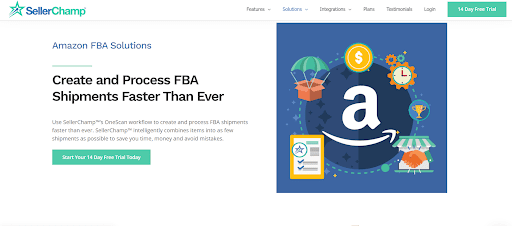
Why Should You Start with Retail Arbitrage?
Whether you choose to be a part-time or full-time arbitrage seller, you can work on your schedule. You can choose when to shop for products and when to list them or Amazon FBA. The decision as to whether you want to do retail arbitrage or not at any point in time is also your own choice.
You can take this call depending on the demand and pricing in the market and also based on your schedule. The trade of being an arbitrage seller is extremely flexible and allows you to have more control over the way you intend to spend your time and energy.
A study by Jungle Scout observed that around 33% of arbitrage sellers started with less than $500. Unlike other wholesale and private label sales, retail arbitrage does not require huge starting capital or investments. You can launch your business with a small capital and expand as your business takes off.
41% of retail arbitrage sellers were found to start selling on Amazon FBA in less than one and a half months. You will understand most of the ins and outs of the trade, enough to start the business, with just a reading of this blog.
Familiarising yourself with the selling process and FBA preparation procedure regarding low volumes is easy to learn. With more time, you can source and list more products in lesser time and with minimal effort.
Finding the right products to qualify for resale is the one major risk in retail arbitrage. The restriction on the quantities of products that can be purchased by a customer and the restriction to obtain approval from the seller makes many products unfit for arbitrage sale.
The more you learn how to source products, the easier it will become to resell products. This will reduce the risk in the process. Moreover, the rate of return for the amount of risk involved in the process is exponential. You can easily find products that will earn you at least 50% returns and that is incredible for the rate of risk.
How to Get Started with Retail Arbitrage?
Retail arbitrage is an easy and very profitable business. Here is a step-by-step guide to help you get started with retail arbitrage on Amazon FBA.
1. Registering as an Amazon Seller
The first step in your Amazon FBA arbitrage journey is to set up your Amazon Seller account. You can do so by visiting the Amazon Services webpage and selecting the “Start Selling” option. The next page will have a range of different selling plans which suit your business best depending on the frequency and model. The account options differ in benefits and selling fees.
There is an ‘Individual plan’ which is free. However, this carries a selling fee of $0.99 per item sold. This plan is recommended for vendors who wish to sell lesser than 40 units per month. The ‘Professional’ plan involves a monthly fee of $39.99. This plan has different managerial features such as managing inventory with feeds, spreadsheets, and reports, API integration to boost selling efficiency, and a bunch of on-site advertising tools.
2. App Download
Upon signing up for the Amazon seller account, you should be able to download the Amazon Seller App which will help you manage your business on Amazon. This app will help you analyze sales, fulfill orders and manage offers, inventory, and returns. You would also be able to manage your inventory and pricing details. You can also manage orders, confirm shipments and modify returns.
The app will also act as your customer manager hub to respond to messages, customize email templates and address inquiries. They capture and edit professional quality product photos. You can also search for new products to sell with visual image match, text search, and scanning bar codes from brick and mortar stores to make reselling easier.
3. Visit Local Retail Stores
Once you have registered as an Amazon Seller and downloaded the App, you are set to source products to resell on Amazon FBA. While you can source goods online too, another effective way to go about this is to visit brick-and-mortar stores.
Some stores that are ideal for purchasing goods to resell in India include Big Bazaar, DMart, Reliance Fresh, Spencer’s Retail, More Retail, Reliance SMART, etc. The prices at which products are sold at these stores are what make these stores perfect for shopping large quantities. Another thing to keep an eye on is the clearance sales that these stores offer.
Keep an open eye and mind to pick products that you can procure with the most possible discounts and sell for the maximum profit. Observe items that are on sale, the periodic intervals at which clearance sales, discounts, coupons are offered, the number o products you can buy, etc.
4. Evaluate Products with the Amazon Seller App
The availability of items in physical stores at lower prices is not the only factor to decide if you should purchase them to resell. Finding the right products to sell is the most time-consuming step of the whole process of retail arbitrage.
There is no straight-jacket formula for the same, however, you will figure it out as time goes by. You need to know if a particular product is allowed or banned to be sold on Amazon and the price at which the same can be sold to find out if it is profitable.
When you find a product that you think is fit for retail arbitrage, you can scan it with the Amazon Seller app to evaluate if it is a product worth picking. Amazon seller app scans the barcodes in products and shows you the estimated price that you will make, minus the fees and shipping, if you choose to sell the same on Amazon.
The App will also let you know if the product is gated or restricted. You can use this to make an informed decision about buying products to resell.
5. Purchasing Items
Once you have narrowed down the products that you want to resell on Amazon FBA, it is time to buy them. The Amazon Seller App requires you to enter the buying price and will walk you through the return on your investment.
As arbitrage sellers are not manufacturers or private label sellers, you cannot create new listings. You have to find a current listing for the product and add the ASIN to your catalog in Seller Central. Once this is added, you can start selling on Amazon. Optimizing your listing and pricing your products competitively are ways to improve sales.
Can You Make Money with Retail Arbitrage?

If you are wondering why any customer would buy a product that is priced higher, here are the reasons:
- Certain products are slow-moving or common in some geographical locations as compared to others. This influences the demand for such products. You can use this to your advantage to earn a profit by selling such items.
- e-Commerce sites have redefined the shopping experience for customers across the world. Customers are willing to pay an extra price for the comfort of ordering products from anywhere, at any time, and getting them delivered to their doorstep.
This can be taken advantage of to make profits. There are a few factors that determine profits. Firstly, you have to decide on the way you channel your investment into inventory. Buying a small number of products at lower prices and selling them at higher prices will give you a small profit. Wherein, if you purchase a larger quantity of products or products of higher prices, your profit margin will substantially increase. Purchase decisions are crucial to the success of retail arbitrage.
Another factor you need to keep an eye on is the sell ability of the items you purchase or the potential demand for the products. Buying outdated products like old chargers or earphones, just because they are available at lower prices is not a great decision because you will not be able to find sellers for the same.
With time and experience, you will eventually learn the nuances of the business. You can also improve your knowledge and skills with courses, books, and coaches who can help with this. And in time, you will be able to increase your profit margin.
Conclusion
If you are looking for a source of income that will help you grow as a business, then retail arbitrage might be the answer. It will require some effort during the initial stages, but as your intuition grows over time, you will be able to move your products quicker and easier.
SellerChamp’s OneScan Workflow enhances the reseller’s experience further by providing valuable tools that can help you maximize your profits stress-free. Amazon seller software and tools of SellerChamp help you in managing crucial business elements such as advertising, customer service, and payments leaving you more time to focus on the core aspects of your business.


